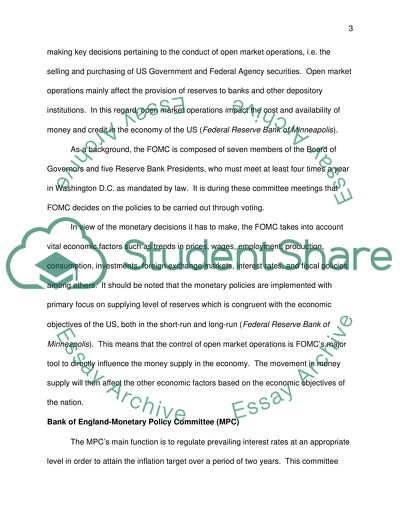Cite this document
(“An Overview of Monetary Policy-Making Bodies Term Paper”, n.d.)
An Overview of Monetary Policy-Making Bodies Term Paper. Retrieved from https://studentshare.org/macro-microeconomics/1532527-monetary-policy-essay
An Overview of Monetary Policy-Making Bodies Term Paper. Retrieved from https://studentshare.org/macro-microeconomics/1532527-monetary-policy-essay
(An Overview of Monetary Policy-Making Bodies Term Paper)
An Overview of Monetary Policy-Making Bodies Term Paper. https://studentshare.org/macro-microeconomics/1532527-monetary-policy-essay.
An Overview of Monetary Policy-Making Bodies Term Paper. https://studentshare.org/macro-microeconomics/1532527-monetary-policy-essay.
“An Overview of Monetary Policy-Making Bodies Term Paper”, n.d. https://studentshare.org/macro-microeconomics/1532527-monetary-policy-essay.


